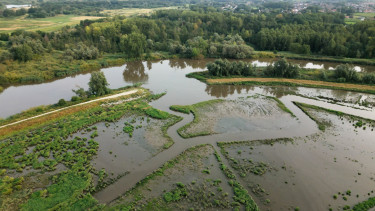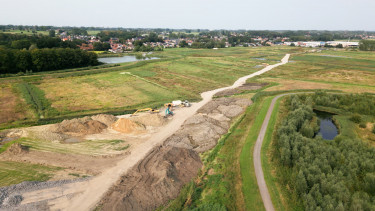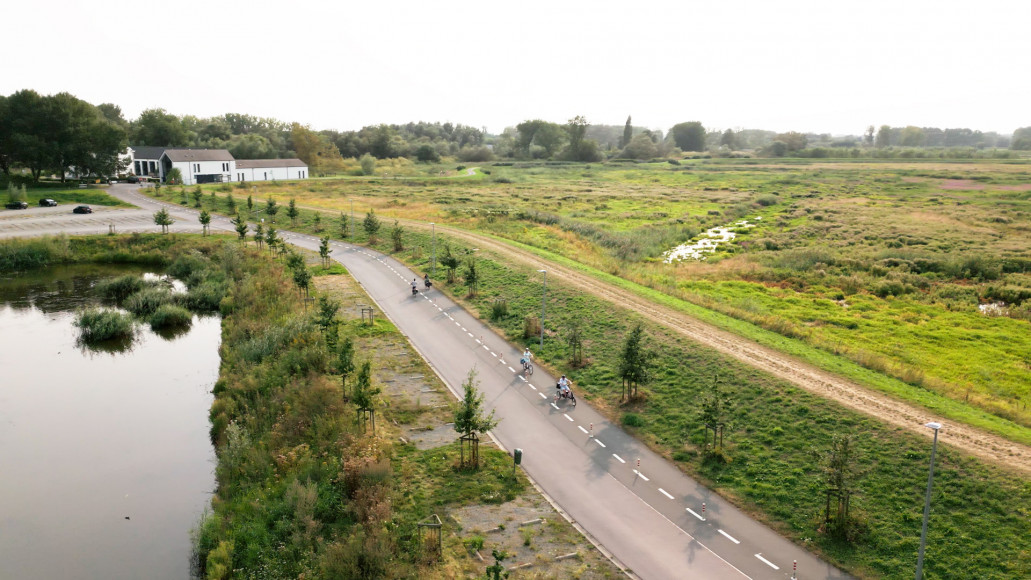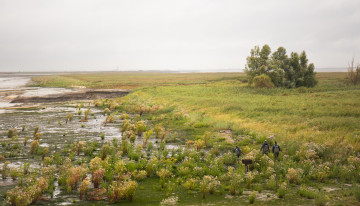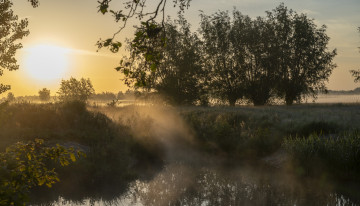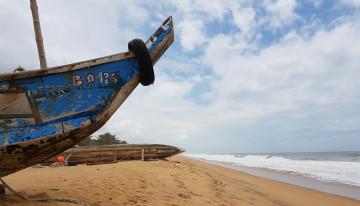In the Durme Valley, about 160 kilometers from the North Sea, the influence of the tide is still noticeable. This results in elevated water levels and risks of flooding. Thanks to the Sigma Plan, a safe and sustainable future perspective has been created. The plan incorporates controlled flooding areas, wetlands, and recreational spaces, fostering a harmonious relationship between people and nature. The project is a showcase of innovative water management and ecological development.
